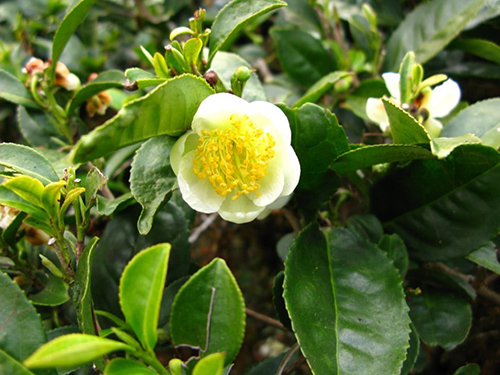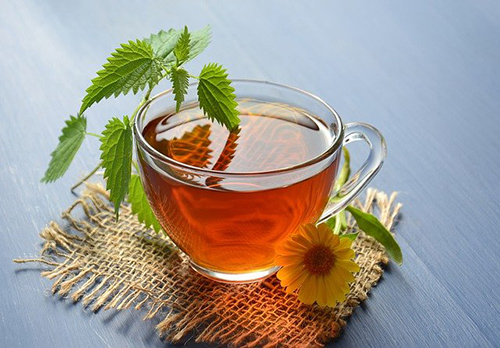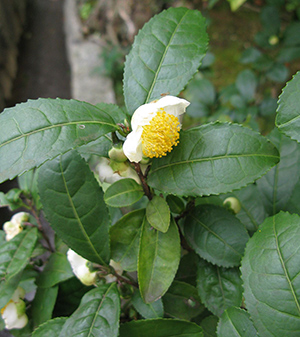The Chinese already used the tea plant 4000 years ago, though its introduction to Europe occurred in the 17th century.
- Huge Value – 30 Medicinal & Tea Herb Seeds Variety Pack for Planting Indoor & Outdoors. NON-GMO Heirloom Herbal Garden Seeds for LESS THAN $1.30 PER SEEDS VARIETY – Over 7000 seeds including: Anise, Bergamot, Borage, Caraway, Catnip, Chamomile, Chervil, Cilantro, Dandelion, Dill, Echinacea, Fennel, Thai Basil, Italian Basil, Purple Basil, Holy Basil, Hyssop, Lavender, Lemon Balm, Lovage, Marjoram, Lemon & Mountain Mint, Peppermint, Rosemary, Sage, Summer Savory, Thyme, Oregano, White Yarrow.

Tea Plant Scientific Facts
- Scientific name: Thea Sinensis L.
- Scientific synonyms: Camellia sinensis (L) Kuntze.
- French: The.
- Spanish: Te
- Environment: Native to southwest Asia, China, and India, where it still grows wild. It is widely farmed in former countries such as Brazil and tropical Africa.
- Description: Shrub of the Theaceae or Camelliaceae family grows up to 10 m high when wild and 1-2 m when farmed. Perrenial, dark green leaves and big, white aromatic flowers.
- Parts of the plant used medicinally: Leaves.
Healing Properties and Uses

The tea plant leaves contain 1 to 4 percent caffeine (called theine to differentiate its origin), tannins (15-20 percent), and one essence. Tea’s effects are very similar to coffee’s, though less intense because tea infusions are prepared less concentrated. A cup of tea contains 40 to 60 mg of caffeine, and a cup of coffee contains 100 to 200 mg. Tea excites the nervous, heart, and blood systems and increases the secretion of acid juices in the stomach.
Tea’s use as a stimulant is an emergency remedy that should never become habitual in cases of tiredness or fatigue. Like coffee, tea stimulates but does not provide us with any nutritional substance. Thus, its regular use provokes exhaustion.
Habitual consumption produces a condition called caffeinism: constipation, stomach acidity, insomnia, and nervous excitation. Frequent consumption of tea causes addiction, as with any other drug.
Due to its tannin content, it is used for diarrhea and colitis and as a digestive tonic for upset stomachs or indigestion. Plenty of plants can constitute treatment for these conditions but lack the disadvantages of tea. In external use, it is employed as eyedrops for eye baths in cases of conjunctivitis.

WARNING! The tea plant must not be used continuously, not even as a medicine, because its caffeine content will provoke addiction (urge to keep on taking it) and tolerance (need to increase the dose), as happens with any other addictive drug. The use of the tea plant is discouraged in the following cases:
- Gastric and duodenal ulcers
- Gastritis
- Pyrosis (stomach acidity)
- Nervousness
- High blood pressure
- Heart dysfunctions
Pregnant and breastfeeding women should abstain from using tea because of the toxic effects of caffeine on the fetus or the breastfeeding baby (it passes to the milk).
How to use Tea
- Infusion with 20-40 grams per liter of water, with a maximum of five cups daily.
- Eye bath. In cases of conjunctivitis, it is employed in a decoction with 30-50 grams of plant per liter of water. Boil for five minutes to sterilize it before applying it to the eyes.
DISCLAIMER: All content on this website is presented solely for educational and informational objectives. Do not rely on the information provided as a replacement for advice, diagnosis, or treatment from a qualified medical expert. If you are pregnant, nursing, or have any preexisting medical concerns, talk to your doctor before using any herbal or natural medicines.
REFERENCES
- George D. Pamplona-Roger, M.D. “Encyclopedia of Medicinal Plants.” George D. Pamplona-Roger, M.D. Encyclopedia of Medicinal Plants. Ed. Francesc X. Gelabert. Vols. 1 San Fernando de Henares: Editorial Safeliz, 2000. 185. Print. [tea plant]
- Health Benefits of Tea: https://www.ncbi.nlm.nih.gov/books/NBK92768/
- Herbal Tea: https://medlineplus.gov/druginformation.html
- Tea and Cancer Prevention: https://cancercontrol.cancer.gov/brp/tcrb/monographs/monograph-23
Last update on 2025-06-04 / Affiliate links / Images from Amazon Product Advertising API





